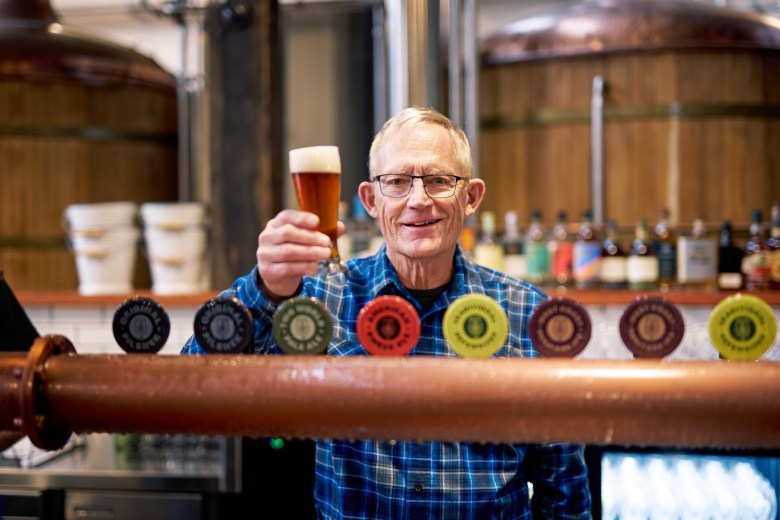 Chuck Hahn is launching a campaign to find a five-person Tasting Panel for his new brewery, Chuck and Son’s Brewing Co.
Chuck Hahn is launching a campaign to find a five-person Tasting Panel for his new brewery, Chuck and Son’s Brewing Co.  Chuck Hahn is launching a campaign to find a five-person Tasting Panel for his new brewery, Chuck and Son’s Brewing Co.
Chuck Hahn is launching a campaign to find a five-person Tasting Panel for his new brewery, Chuck and Son’s Brewing Co.  Chuck Hahn is launching a campaign to find a five-person Tasting Panel for his new brewery, Chuck and Son’s Brewing Co.
Chuck Hahn is launching a campaign to find a five-person Tasting Panel for his new brewery, Chuck and Son’s Brewing Co.  Chuck Hahn is launching a campaign to find a five-person Tasting Panel for his new brewery, Chuck and Son’s Brewing Co.
Chuck Hahn is launching a campaign to find a five-person Tasting Panel for his new brewery, Chuck and Son’s Brewing Co. 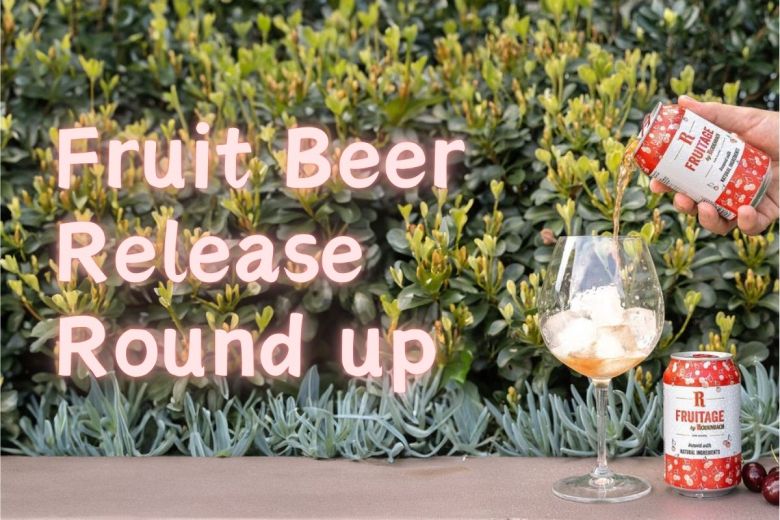 With spring well and truly sprung, we highlight three new fruit beer releases as we reach ideal weather for the style.
With spring well and truly sprung, we highlight three new fruit beer releases as we reach ideal weather for the style.  The brewery will be celebrating the milestone limited release with a complimentary tasting, including other new beers, on 29 August.
The brewery will be celebrating the milestone limited release with a complimentary tasting, including other new beers, on 29 August.  The Queensland-exclusive beer is designed to offer beer drinkers a premium option for celebrating life's milestones.
The Queensland-exclusive beer is designed to offer beer drinkers a premium option for celebrating life's milestones. 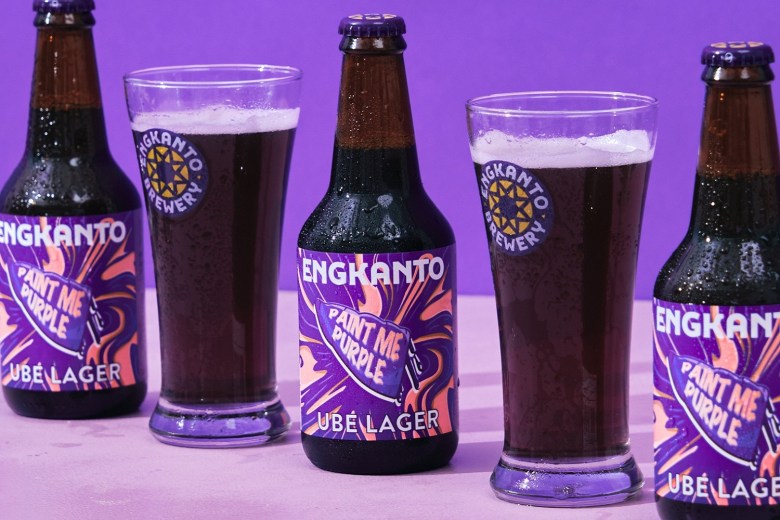 Engkanto craft beers that are made from 100 per cent all-natural, raw materials including locally sourced, native ingredients to The Philippines.
Engkanto craft beers that are made from 100 per cent all-natural, raw materials including locally sourced, native ingredients to The Philippines. 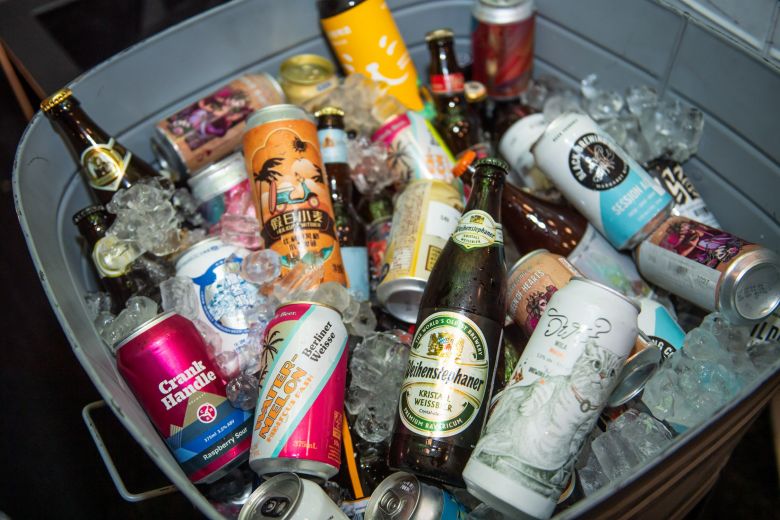 The awards were dominated by Australian breweries Stone & Wood and Brick Lane Brewing, as well as New Zealand’s Garage Project.
The awards were dominated by Australian breweries Stone & Wood and Brick Lane Brewing, as well as New Zealand’s Garage Project. My book, American Sour Beers, is turning ten next month! I wrote it from the perspective (and experience) of a homebrewer. I wanted to experiment and learn. I really didn't know much about brewing commercially, creating consistent blends, adapting recipes as a barrel program matured, developing flavors that would sell etc. Looking back I have to ask, did my book help launch 1,000 barrel programs, without providing the knowledge brewers actually needed to succeed?
Over the last decade American craft brewing had an explosion of breweries ramping up barrel-aged sour production, followed by a pretty rapid decline (including multiple mid-sized breweries closing their programs and sour-focused breweries closing). Part of that is the inherently less-predictable nature of mixed-fermentation (when you order a cherry sour beer, what are you expecting? Kriek, cherry juice, cherry vinegar etc.). Compare that to a bourbon-barrel vanilla-bean stout where you have a pretty good idea of what the intent was. I suspect at least part of it was the oversaturation of the market combined with the high prices.
Despite brewing my first sour beer in 2006, becoming a brewery consultant in 2011, writing a book in 2014, and opening a brewery in 2018... I haven't been consistently happy with the barrel-aged mixed-fermentations I made until the last couple years. I certainly never released a beer that I thought was bad, but there were certainly had batches that were too sour, muddled, under/over carbonated, or just didn't "pop." During that time we've also released some amazing beers that I still love!
At Sapwood Cellars we've relied on our local club members, and the people who walk in the door to buy ~10,000 bottles of barrel-aged sour beer a year. That may sound like a lot, but it's less than 5% of our production (and we're a pretty small brewery). There really hasn't been much interest in barrel-aged sour bottles in our limited distribution range. They tend to be beers that sell best when you can explain them directly to the drinker, rather than just have them sitting on a shelf! If only there was a way I could talk directly to beer drinkers interested in sour beer...
The first installment of the club is $146 (including shipping) for one 500 mL bottle each of six beers:
Growth Rings 2023: Three-year-blend of barrel-aged Sours, essentially our cuvee of bases, barrels, and microbes showing off our house character. This one isn't refermented with wine yeast, so the dregs would be a good option if you are looking for microbes! It was the second highest-rated "Gueuze" on Untappd in 2023!
Barrels of Rings: Our pale ale base, mixed-fermented in wine barrels and then dry hopped right before bottling. Citrusy-funky with restrained acidity.
Jammiest Bit: Our homage to Hommage, a barrel-aged sour on loads of sour pie cherries and red raspberries. Fruity, funky, tart etc.
Botanicia: A blend of pale sours aged in gin barrels that we then infused with dried limes and quinine. A weird play on a gin-and-tonic... but with a lot more acidity and funk!
Elliptical Orbit 2023: A continuation of the "Dark Funky Saison" series still with my original collaborator and homebrew buddy Alex. For this one he roasted Geisha coffee beans and we infused the barrel-aged dark sour with Geisha cascara (dried coffee cherries).
Fruit of Many Uses: We sequentially racked the same barrel-aged tart/funky base onto second-use Chardonnay wine grapes, cherries, raspberries, and white nectarines. All of the fruit was whole/local.
Over the next couple weeks I'll be posting my detailed tasting notes on each of the beers, along with recipes, lessons learned, and suggestions for brewing something similar at home! I'll repeat for each club release, assuming enough people sign-up for the club to make it viable.
Over the last five years it isn't "one simple trick" we learned that improved our beer. It's the accumulation of 100 little things from ingredient selection, to blending, to process refinement, to equipment that we've figured out. It's sitting down with each beer, drinking, thinking, taking detailed notes, and iterating. So much of it is not doing it by myself, having Scott, Ken, and Spencer to push to do things I wouldn't have (Botanica was Ken's baby, and Barrels of Rings was Scott's). Both are delicious, and they are certainly beers I would not have brewed if it was all up to me!
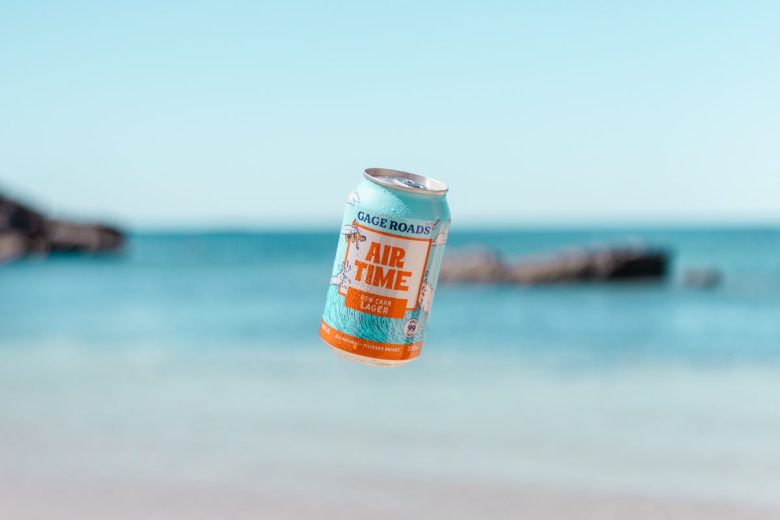 New low carb lagers and an Australian rollout of a popular non-alcoholic stout hit the shelves and beer taps.
New low carb lagers and an Australian rollout of a popular non-alcoholic stout hit the shelves and beer taps. 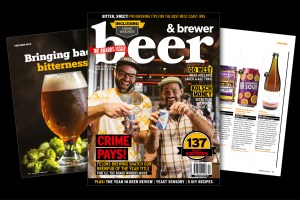
Get a taste of Beer & Brewer’s latest edition that’s out now in good newsagents and home brew stores.
The post Check out our summer 2023/24 magazine appeared first on Beer & Brewer.
Many breweries are adding on a whole new aspect of the business: a coffee roastery or shop sharing the same space as house-made beers.
The post Coffee & Beer: A Dynamic Duo appeared first on CraftBeer.com.
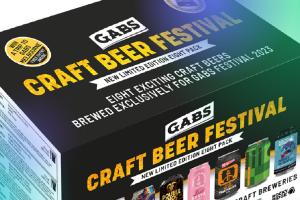
Email us before 2pm July 7 to go in the draw to win one of the packs of eight festival beers from Aussie breweries.
The post Win 1 of 5 GABS Festival beer packs appeared first on Beer & Brewer.
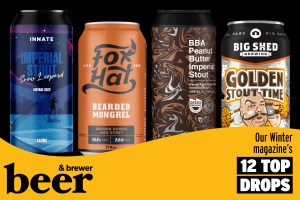
Of the 87 releases reviewed in the latest issue these are the ones our tasting panel felt were the standouts.
The post The 12 best beers from our Winter magazine appeared first on Beer & Brewer.
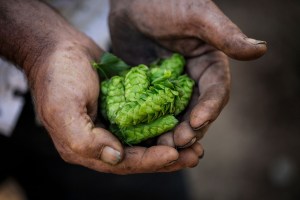
Growers plus brewers from Mountain Culture and Rocky Ridge discuss how advanced hop products and hopping techniques are shaping the future of hop forward beers.
The post Hop forward: On the frontier of beer appeared first on Beer & Brewer.

The cherry saison is the first in their Farm to Table series which showcases local Yarra Valley ingredients.
The post Matilda Bay serve up a saison fit for Christmas appeared first on Beer & Brewer.
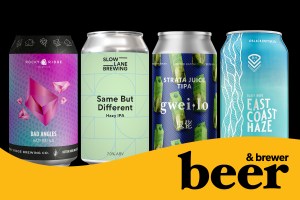
Out of the 141 craft releases reviewed in the latest issue these are our panel’s standout beers.
The post The 12 best beers from our Summer magazine appeared first on Beer & Brewer.
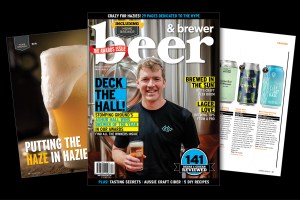
Get a taste of Beer & Brewer’s Summer 2022/23 edition that’s out now in good newsagents and home brew stores.
The post Hot off the press! Check out our Summer magazine appeared first on Beer & Brewer.
We started this series of IPAs when we opened to showcase our favorite hop varieties. We recently released #22 (Citra-Motueka). All of the batches were 6.5-7.5% ABV, with similar malt bills (American pale barley, chit, wheat, and oats), fermented with an English-leaning yeast, and dry-hopped post-crash at 3-4 lbs/bbl. The table below is the average Untappd score of all batches dry hopped with the variety listed.
| Hop | Average |
| Motueka | 4.221 |
| Nelson | 4.190 |
| Azacca | 4.188 |
| Citra | 4.177 |
| Riwaka | 4.169 |
| Amarillo | 4.163 |
| Simcoe | 4.162 |
| Galaxy | 4.155 |
| Mosaic | 4.144 |
| Columbus | 4.129 |
| Hydra | 4.122 |
| Vic Secret | 4.122 |
| Strata | 4.107 |
The table below include all 65 "big batch" IPAs and DIPAs we've released that don't contain adjuncts (although I did include Phantasm beers). These are diverse in terms of recipe construction, alcohol strength, and dry hopping rate. As a result, the scores are a bit more prone to bias compared to the Cheater Hops data set.
| Hop | Average |
| Galaxy | 4.220 |
| Hallertau Blanc | 4.220 |
| Cashmere | 4.217 |
| Nelson | 4.203 |
| Motueka | 4.186 |
| Mosaic | 4.186 |
| Citra | 4.185 |
| Simcoe | 4.178 |
| Azacca | 4.157 |
| Riwaka | 4.150 |
| Amarillo | 4.141 |
| Vic Secret | 4.131 |
| Taiheke | 4.130 |
| Columbus | 4.129 |
| Strata | 4.113 |
| Hydra | 4.096 |
| Talus | 4.090 |
| Sabro | 4.075 |
| Lotus | 4.040 |
| Idaho Gem | 4.010 |
| Lemondrop | 4.010 |
| Sultana | 3.990 |
For some batches you'd expect to see a high rating due to pairing two great hops together (e.g., Nelson/Galaxy or Mosaic/Citra). Both varieties score well across all our beers, so no surprise combing them results in a well-rated IPA. More interesting is sorting by the average standard deviation for the hops included. This shows which combinations rated higher than expected given the average scores for those hops across all beers. Snip Snap (Citra/Galaxy), Cheater Hops #22 (Citra/Motueka), Shard Blade (Mosaic/Galaxy), Cheater Hops #13 (Mosaic/Simcoe), and The Dragon (Nelson Sauvin/Mosaic/Hallertau Blanc) were all in the top-10 "overachievers." These hop blends follow different approaches either "leaning into" a particular flavor (fruity, or winey) or balancing fruity with a danker variety.
Rounding out the top-10 are two all-Simcoe (Cheater Hops #12 and Drenched in Green), two all-Mosaic (Fundle Bundle and TDH Trial #1), and an all-Nelson beer (3S4MP). Certainly a sign that these hops can shine alone compared to Citra and Motueka which are highly rated in blends, but haven't exceled in single-hop beers (despite our best efforts). Of course you need a great lot of hops for this to work; the bottom-10 also includes single-hop beers featuring: Simcoe (Cheater Hops #9), Nelson Sauvin (Cheater Hops #11), and Mosaic (Fumble Bumble)!
Two beers with Galaxy and Nelson (Cheater X and X2) each had a standard deviation close to 0. They still rate well, but no better or worse than expected across all beers with Nelson or Galaxy.
Surprisingly three of the bottom four included three varieties Cheater Hops #7 (Simcoe, Citra, Mosaic) Cheater Hops #6 (Motueka, Mosaic, Simcoe) False Peak (Idaho 7, Sultana, Citra). Blending hops can create a generic "hoppiness." These beers may have been missing a distinct "wow" aroma for people to grab onto.
The high/low scores for different batches brewed with the same single hop variety really drives home how unreliable this data likely is. Without multiple batches hopped with the same hop combination, it is impossible to say with certainty if a beer scored well because of aromatic synergy or a delicious lot of hops. Luckily several of the top-rated combinations are beers we have brewed multiple times.
The data does suggest to me that using one or two varieties for the dry hop is the best bet for making the most appealing IPA unless you have something very specific in mind. Often when breweries use a large number of hop varieties in a beer it is to promote consistency (batch-to-batch and year-to-year). It would be interesting to expand the data set to include beers from other breweries. That would produce data that is less specific to our particular brewing approach, hop sourcing, and customers' palates.
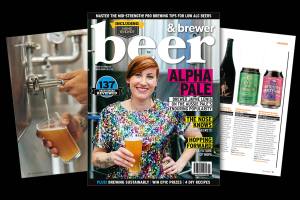
Get a taste of Beer & Brewer's Spring 2022 edition that’s out now in good newsagents and home brew stores.
The post Spring forth! Check out our latest magazine appeared first on Beer & Brewer.
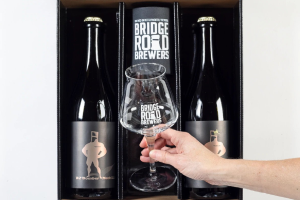
Beechworth brewery's birthday beer returns as investment in their crowd funding campaign begins.
The post Bridge Road release 12th edition of the B2 Bomber appeared first on Beer & Brewer.

Out of the 132 craft releases reviewed in the Winter magazine these are our panel's standout beers.
The post Beer & Brewer’s 12 best beers from the latest magazine appeared first on Beer & Brewer.
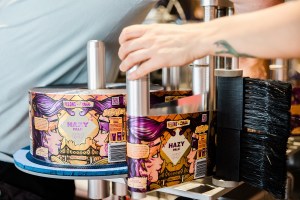
Brewery once again backs the Brisbane Street Art Festival and have teamed up with artist Sofles on a new hazy pale.
The post Felons do art festival justice with new hazy pale appeared first on Beer & Brewer.
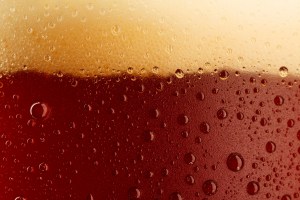
With all that caramel, fudge, hops, booze and wonderful colour - what's not to love?
The post Seeing red: Our Autumnal love for a red ale appeared first on Beer & Brewer.
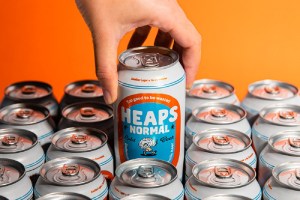
Another Lager joins the widely popular Quiet XPA in the non-alc craft beer brand's core range.
The post Heaps Normal launch core range non-alc lager appeared first on Beer & Brewer.
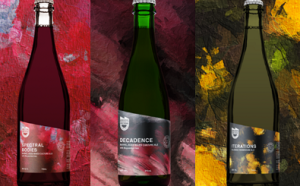
Melbourne brewery's new series has launched with three releases after nearly two and a half years in the making.
The post Deeds Brewing launch Mixed Culture Series appeared first on Beer & Brewer.
Revamped Redback strikes the balance between a sparkling Summer Ale and a Belgian Wheat.
The post Matilda Bay reimagine Redback for Summer appeared first on Beer & Brewer.
Eumundi Brewery’s new alcoholic ginger beer in cans showcases local artist’s designs.
The post A local brew – both inside and outside the can appeared first on Beer & Brewer.
From a stout to a Saison with a twist, these are our top Spring beers.
The post Spring’s 16 outstanding Australian craft beers appeared first on Beer & Brewer.
On IPA Day Balter’s Scott Hargrave chats their new West Coast version and IPA evolution.
The post Third time’s a charm in Balter’s quadrilogy appeared first on Beer & Brewer.
Brewery is in the midst of a multi-stage expansion across all areas of operations.
The post Burleigh toast 15 years with expansion and a new beer appeared first on Beer & Brewer.